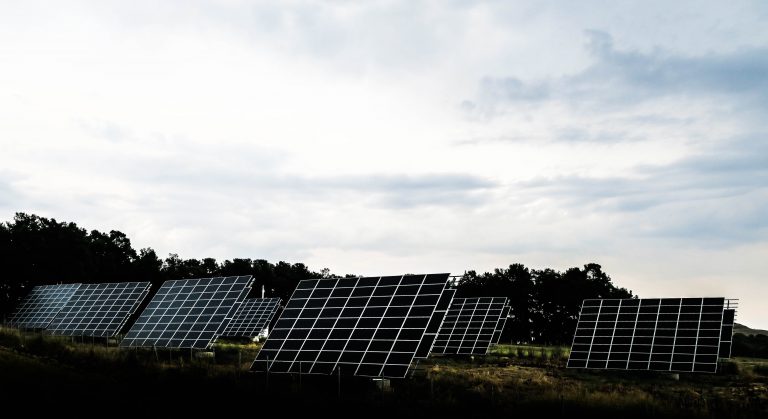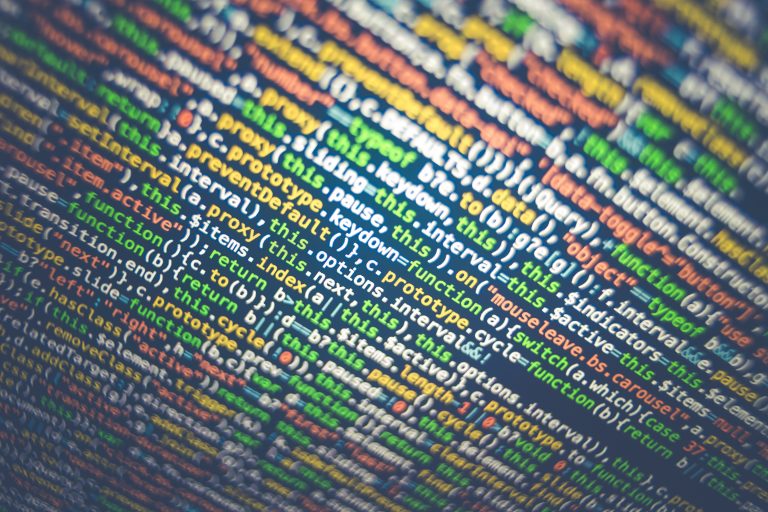Blog

12 April 2017 | Techno
5 predictions about the Internet’s future
There is little argument that the introduction of the internet to the lives of everyday people has been one of the most formative events of recent history. The internet has changed the way we do everything from falling in love to planning our retirement. Long gone are the days of needing a bulky desktop computer and noisy modem to connect – many people are connected to the internet constantly through a tiny pocket-sized communication device. With the internet being as pervasive as it is, a person might imagine that few major innovations lie ahead. However, history has already shown us that the internet continues to be at the forefront of technology, communication, and social change. Although predicting the future is always risky business, we have a few insights that seem very likely to come about before much longer. Here are X of our own predictions about how emerging changes are going to affect the internet.

Modernizing Energy Production and Distribution
As the highly centralized model of energy production shows ever-widening cracks in its centuries-old façade, we are likely to see small, localized startups step in to take its place. While the legacy network is unlikely to vanish completely – at least not within the imaginable future – these startups will fill a need by providing dependable, competitively priced, and responsive services to community members. Many futurists have been discussing the enernet – the energy network.
The enernet emphasizes clean energy generation, primarily solar but wind power generation is also likely to play a role. As solar energy panels become cheaper, more reliable, and easier to install the possibilities of power generation grow accordingly. Although centralized solar plants responsible for the production and distribution of energy will likely be developed, small solar panels can be installed on housetops and the tops of buildings to contribute to the local energy grid.

Improving the Energy Grid’s Function in City Environments
Cities are the natural environment for an energy network. A decentralized network capable of energy production and distribution is more robust in the face of outage and even failures due to attack. Smart-city tech, such as charging stations for electric vehicles (EV), is seeing increasing demand. This internet of things is another major transformation that is already taking place.

Making Smart-Tech Part of Everyone’s Life
Smart-tech can be roughly understood as technology that utilizes the user-friendly, adaptive nature of smartphones and similar “smart” devices as an entry into applications beyond communication and individual data collection.
Effective application of smart-tech depends on many closely related factors, each one of which presents unique challenges in addressing. Six particular factors have been identified, namely:
- Presence
- Speed
- Convergence
- Value
- Learning
- Empathy

Forwarding the AI Revolution
Improvements in each of these areas have been made thanks to advances in artificial intelligence. Smart-tech has the ability to “learn” based on input it receives from users; this is a major advancement over having engineers anticipate every conceivable user scenario and then program algorithms accordingly. Systems capable of fine-tuning their interactivity to meet the use patterns of individuals will be seen as having much greater value to users; users are also going to feel personally connected to systems, thereby resolving the delivery of an empathetic, friendly user experience.

Making the Human Factor Relevant in Smart Design
Great design can make or break a product’s success and perhaps nowhere is this quite as evident as the iPhone. Although this device certainly packed a lot of great functionality into a small package, its ease-of-use was what helped make it the iconic item it has become; it is now the template for virtually every other smartphone on the market. Making the human factor a central consideration in design is essential for the widespread adoption of future technology. Now that people have become accustomed to the idea of instantaneous 5G internet connectivity, they are unlikely to settle for any inconvenience that gets in the way of smooth delivery of related services. This means that tasks like booking travel are going to have to become as convenient as, say, going shopping online.
Of course, smart design is not limited to the internet as seen on a mobile device. Smart technology is being seen in thermostats and home security systems. Many of these have excelled at good design, which push innovation among competitors for increasingly adaptive and friendly interfaces.
Conclusion
As a long-established internet service provider, Ebox has seen many innovations become commonplace. Make sure your home internet connection is ready for the excitement the future will bring.
EBOX Internet you want it?
Sign up now




